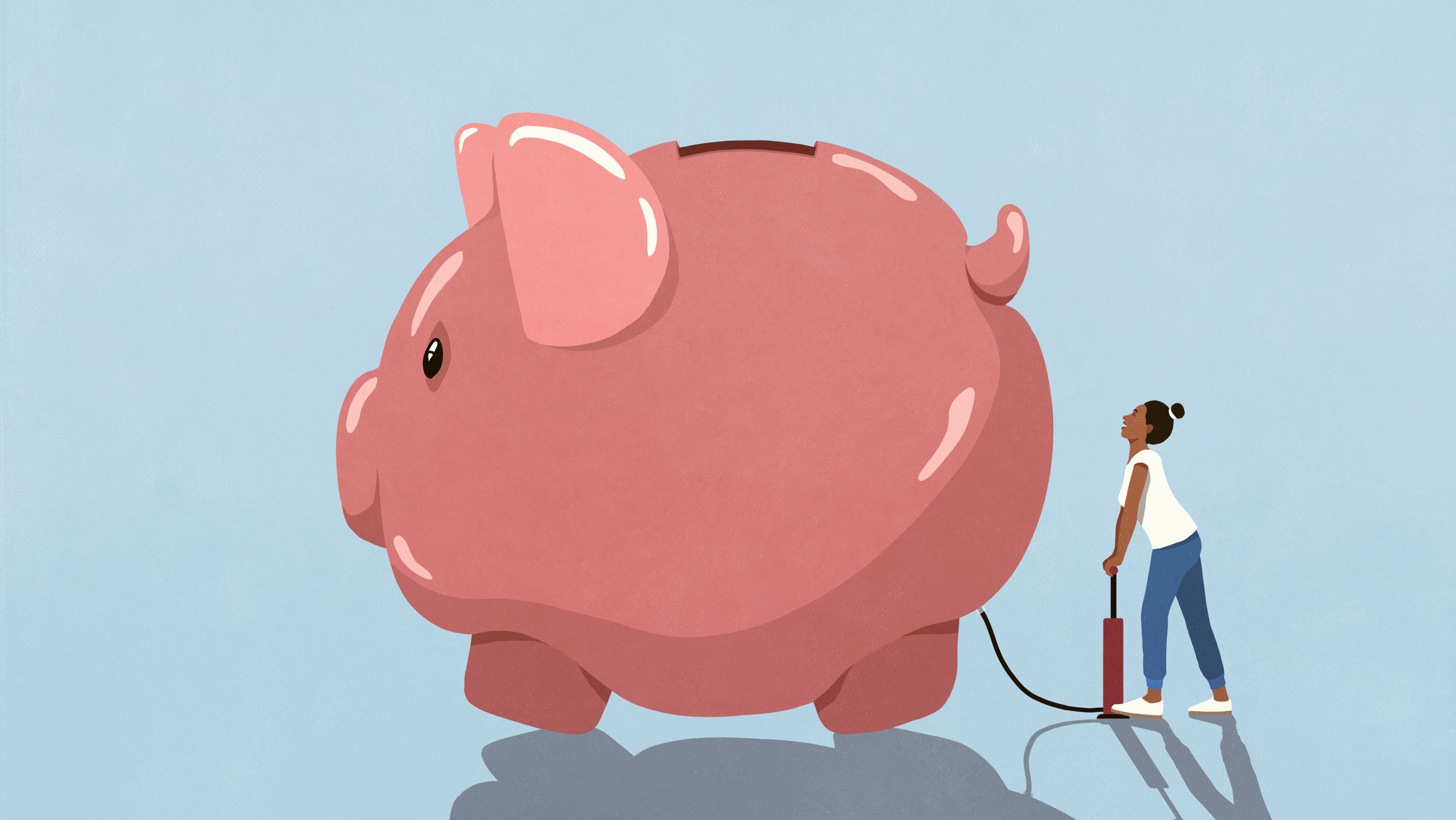
Savers have been struggling to keep up with high inflation for more than a year now. Even as interest rates on savings accounts and other options rise, it has been nearly impossible to stay even with inflation on risk-free savings products, with one exception: inflation bonds from the Treasury Department.
The U.S. Treasury’s I-bond, a savings bond that has its yield adjusted every six months to reflect current inflation, is due to be updated on May 1. Currently, purchasers of I-bonds get a 6.89% annual rate for the next six months, which surpasses just about every other rate on no-risk savings options anywhere.
But on May 1, the rate will likely be adjusted to 4.1%: Still decent, but not as high as what savers can find on certificates of deposit, short-term Treasury bills and money market funds. Plus, those alternatives are likely to bump their rates up a bit more, assuming the Federal Reserve increases its benchmark rate again in May.
To understand why the new I-bond interest rate is likely to be adjusted down so much, you need to first understand how Treasury sets the rate every six months. The rate includes two components: A fixed-base rate that remains the same for the life of the bond, plus the six-month change in the consumer price index, annualized.
Treasury doesn’t explain how it arrives at the fixed portion of the rate, which it set at 0.4% when it last updated I-Bond rates in November. We suspect the government will bump up that fixed rate slightly, to about 0.5%, in May.
The rest of the rate is easy to calculate, since we know the inflation data from recent months that the Treasury will use in its calculation. For the upcoming adjustment, that variable portion is 3.6%. Add our estimated 0.5% fixed base rate and you get 4.1%.
The rate at the purchase date will be good for six months following the May reset, so you may want to hurry to beat the clock while you can still earn the current 6.89% rate. I-bonds can be purchased through Treasury Direct accounts at www.treasurydirect.gov. For more information on how I-bonds work, how to buy them, and what you need to know about their advantages and disadvantages, see this handy explainer.



!["[T]he First and Fifth Amendments Require ICE to Provide Information About the Whereabouts of a Detained Person"](https://images.inkl.com/s3/publisher/cover/212/reason-cover.png?w=600)



